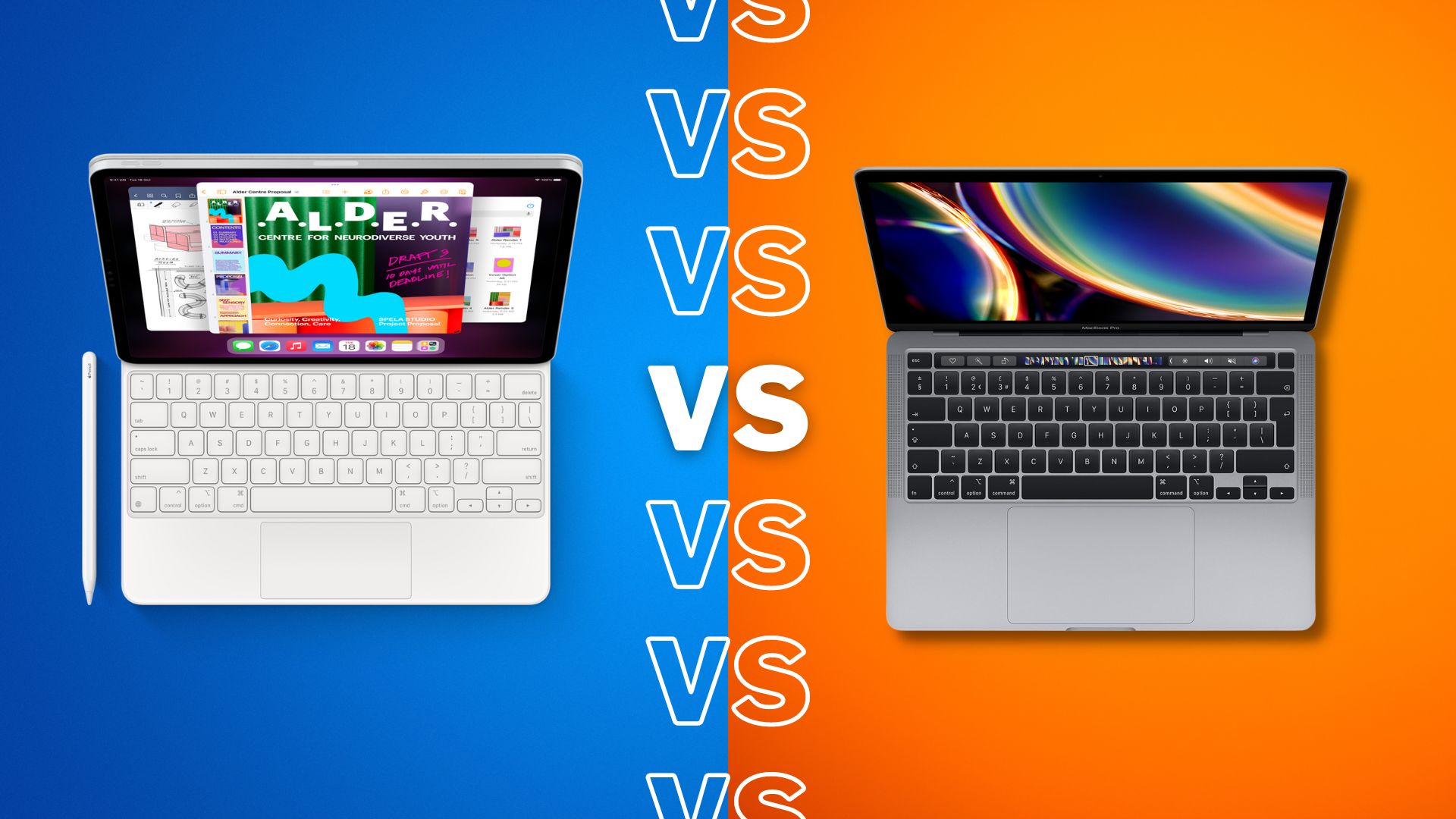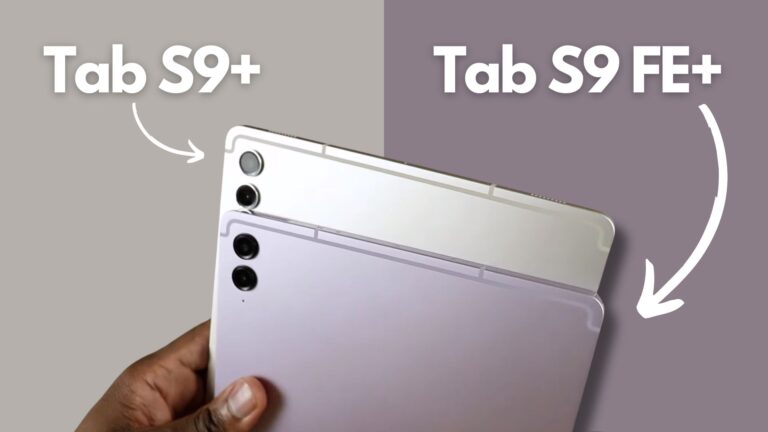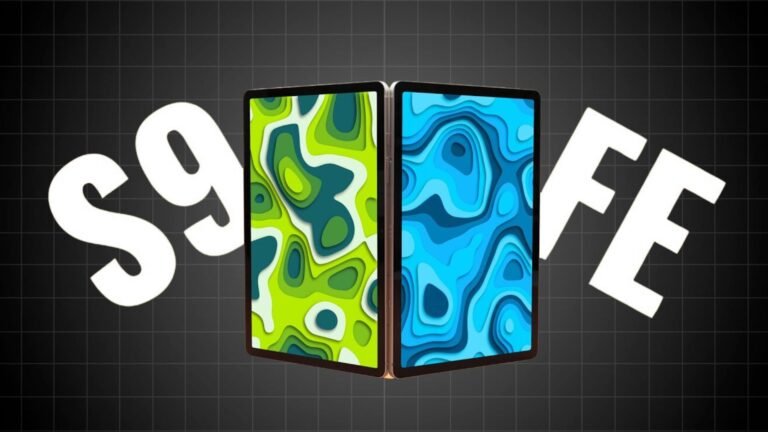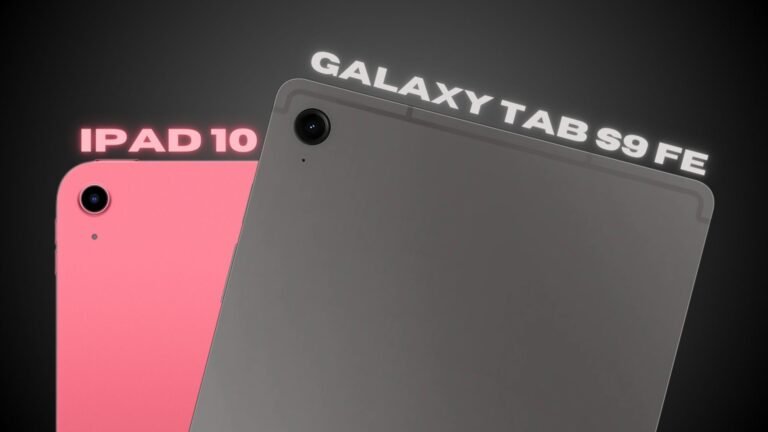Both the new iPad Pro and MacBook Air feature the M2 chip. Although there are many similarities between the two, one is superior to the other for a number of reasons.
Design & Ports
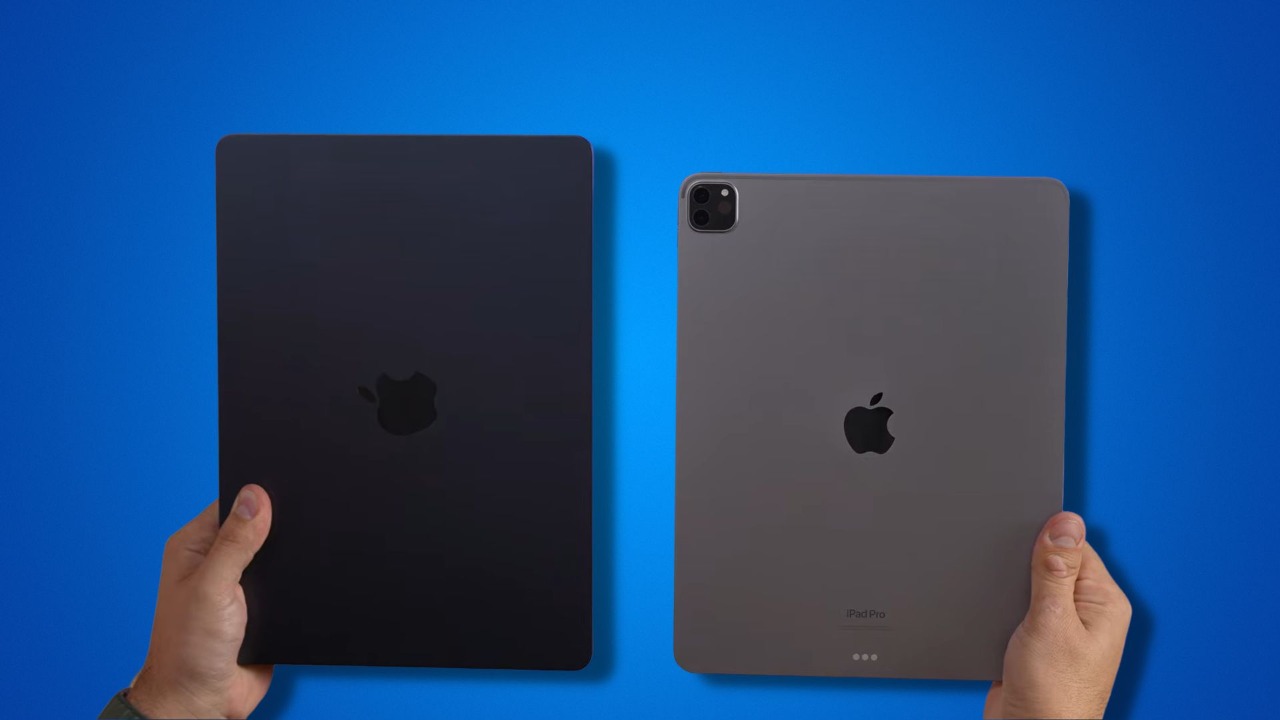
If you put the keyboard case on the iPad Pro, you get a size and weight that is similar to the MacBook Air. Although it isn’t exactly the same, the difference doesn’t matter in the least.
The iPad Pro has a single Thunderbolt/USB-4 port, which you can use for charging or for accessories. If you use the Magic Keyboard, then you can use the USB-C port on the keyboard for charging.
The MacBook Air has a MagSafe3 charging port, two Thunderbolt/USB-4 ports for accessories, and a 3.5-millimeter headphone jack in case you wanna use wired headphones.
Display

When it comes to the displays, if you’re using the larger iPad Pro, then the most important difference will be the quality of the display, since the MacBook Air has 13 inches, while the iPad Pro has 12.9 inches.
Apple’s iPad Pro uses mini-LEDs. With 600 Nits of brightness, it’s brighter for SDR content than the MacBook Air’s 500 Nits. If you plan to use this device outdoors or in areas with reflections, the iPad Pro is the better choice.
If you want to watch HDR content, the iPad Pro offers a max brightness of 1000 Nits plus a peak brightness of 1600 Nits.
Additionally, the MacBook Air gets 60 Hertz compared to 120 Hertz on the iPad Pro with Apple’s ProMotion. So, scrolling and animations are going to look smoother. Together, all of these advantages make the 12.9-inch iPad Pro the best display on the market.
With Sidecar, the iPad Pro can also function as an additional display for your Mac.
Besides having a touchscreen, the iPad Pro also supports the second-generation Apple Pencil. So, if you wanna markup documents, or just take handwritten notes, again, the iPad Pro easily comes out ahead.
Cameras & Speakers
When we look at the camera systems, it’s an easy win for the iPad Pro. Obviously, there is no rear facing camera on the MacBook Air and the front facing camera on the iPad Pro is better, and it offers center stage, which can track a subject and then zoom in and out to make sure that it’s always properly framed when you’re doing video calls.
Now, as far as speakers, I’m going to give the edge to the iPad Pro again. It gets louder and the sound is fuller and has more presence to it.
iPad OS vs macOS
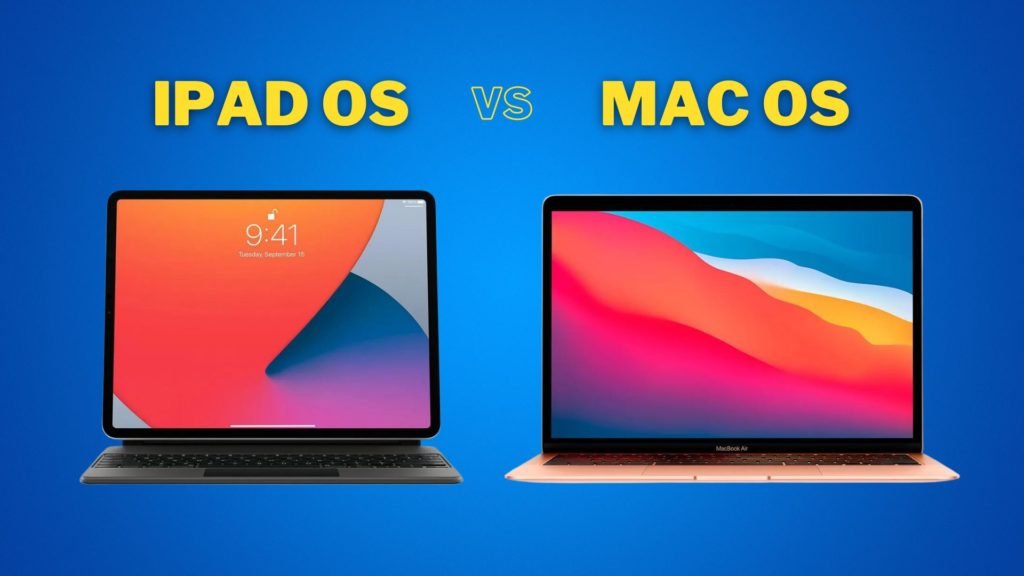
We have got a tablet operating system in iPadOS and then a desktop operating system in macOS. However, when it comes to things like file management and multitasking, macOS is much more versatile and capable.
On the iPad Pro, the new stage manager function offers improved multitasking and better support for external displays, which means you can extend your iPad display rather than just mirror it.
As for the apps themselves, both devices have an extensive selection, but I want you to think about what you plan on doing with your device. When it comes to taking handwritten notes or needing something like Procreate, the iPad Pro comes out on top. Additionally, you can edit photos and videos with these apps. Although you can use DaVinci Resolve, you cannot use Final Cut Pro.
Battery Life
The iPad Pro has good battery life for a tablet, but it doesn’t come close to the MacBook Air. I literally don’t even think about charging the MacBook Air, and I can easily finish a day with plenty of battery life left. Whereas with the iPad Pro, I will need to charge it every day if it’s my primary device.
And speaking of charging, the MacBook Air uses MagSafe3 with up to a 67-watt power adapter, which helps with faster charging.
Price & Final Thoughts
The iPad Pro comes in two sizes: a 12.9-inch model starting at $1099 and an 11-inch model starting at $799. On the other hand, the MacBook Air starts at $1199.
When considering the iPad Pro, it’s important to consider the amount of storage needed for apps and files. You can also store files on cloud storage or external SSDs. For most users, upgrading to a terabyte for an extra gigabyte of unified memory may not be necessary, and upgrading should only be done if there is a requirement for the internal storage.
Many MacBook Air users may benefit from upgrading to 16GB of unified memory because it offers enough power to last for several years. With the MacBook Air, you can upgrade the unified memory separately from the internal storage, allowing you to customize to your needs. Again, it’s possible to utilize cloud storage or an external SSD for additional file storage.
